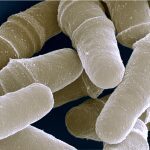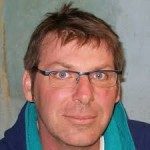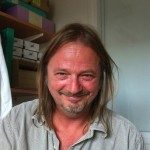Link to HAL – Click here
Link to DOI – 10.24072/pcjournal.99
Peer Community Journal, 2: e18
From the analysis of the mutation spectrum in the 2,504 sequenced human genomes from the 1000 genomes project (phase 3), we show that sexual chromosomes (X and Y) exhibit a different proportion of indel mutations than autosomes (A), ranking them X>A>Y. We further show that X chromosomes exhibit a higher ratio of dele- tion/insertion when compared to autosomes. This simple pattern shows that the re- cent report that non-dividing quiescent yeast cells accumulate relatively more indels (and particularly deletions) than replicating ones also applies to metazoan cells, includ- ing humans. Indeed, the X chromosomes display more indels than the autosomes, having spent more time in quiescent oocytes, whereas the Y chromosomes are solely present in the replicating spermatocytes. From the proportion of indels, we have inferred thatde novomutations arising in the maternal lineage are twice more likely to be indels than mutations from the paternal lineage. Our observation, consistent with a recent trio anal- ysis of the spectrum of mutations inherited from the maternal lineage, is likely a major component in our understanding of the origin of anisogamy.



